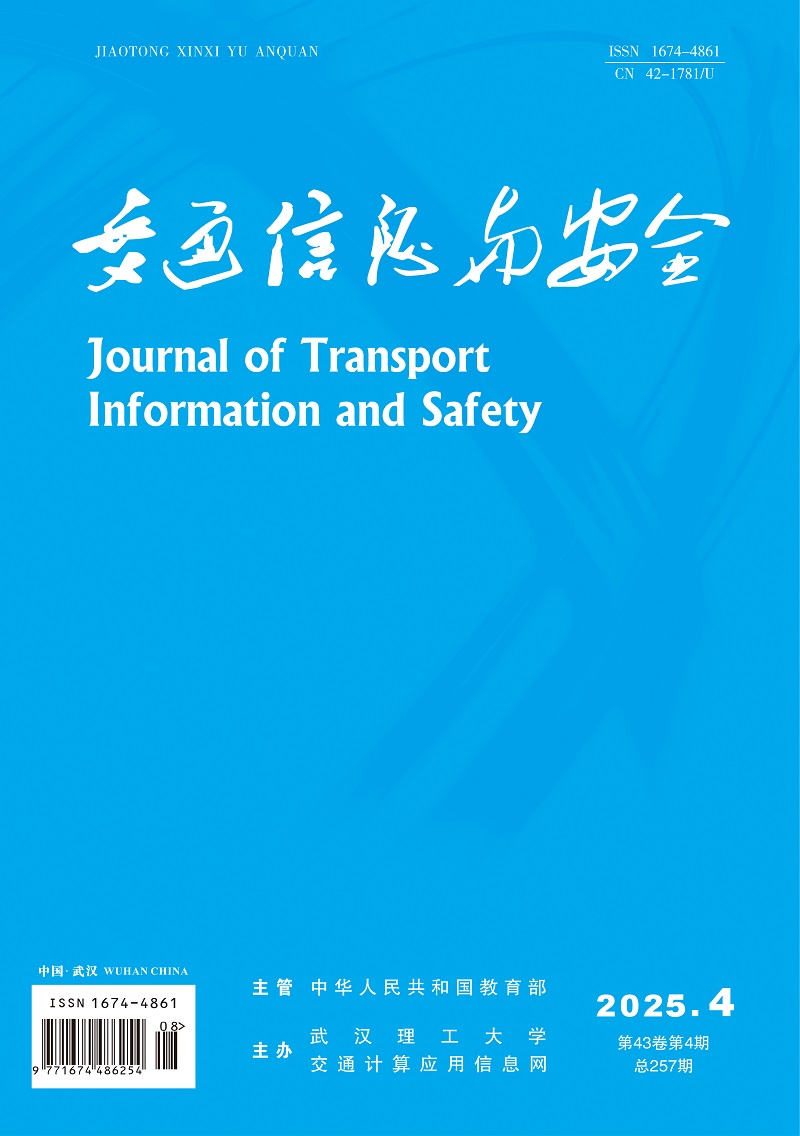Abstract:
AADT, length of segments, number of lanes, proportion of oversize vehicles, and road alignment of each road section are collected from a freeway network in Liaoning Province, which are set as the inputs of a basic fuzzy logic model for accident prediction, and the frequency of accidents per kilometer is set as the outputs.In consideration of that structures of Fuzzy Sets and rules of Fuzzy Control may have possible negative impacts on prediction results, a method to improve the fuzzy logic model is established by resizing structures of Fuzzy Sets and setting up rules of Fuzzy Control with prior knowledge, respectively.The portability of the basic fuzzy logic model and the improved model is analyzed.This improved model and a negative binomial prediction model are both used in a case study of Yuegan and Kaiyang freeway as a comparison.The results show that, subdividing Fuzzy Sets can increase the accuracy of prediction.Compared with the basic model, the average relative error in total (Zt) of the subdivided model decreases by 8.3%, and model goodness (MC) increases by 0.357.With prior knowledge, the accuracy of prediction can be increased.Compared with the basic model, the Zt of the basic prior model decreases by 1.9%, and MC increases by 0.164, respectively.Prior knowledge also increases the portability of this model, and improves the average accuracy of prediction, Ra decreases by 3.8%, overall error decreases by 3.4%, Zt decreases by 4.1%, and MC increases by 0.385, respectively.However, compare with the model of rough sets and basic model, the portability of this model decreases when apply subdividing Fuzzy Sets.The basic fuzzy logic model and negative binomial prediction model for crash prediction are almost at the same level in accuracy of prediction and portability


